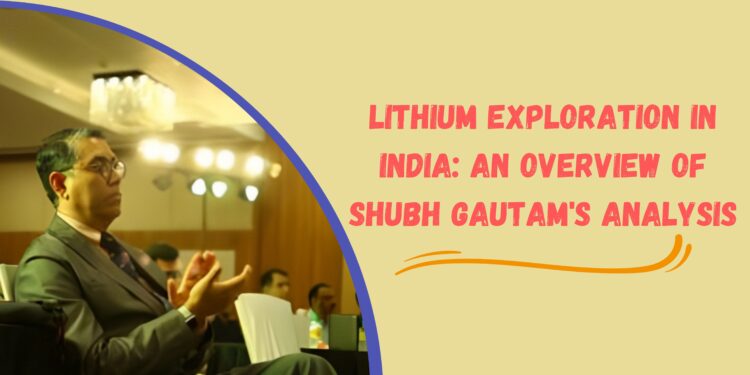As the world continues to move towards sustainable energy, the demand for lithium has increased tremendously. Lithium is an essential component of lithium-ion batteries, which power electric vehicles and store renewable energy. India is one of the countries that have vast lithium reserves, and there is growing interest in exploring and developing these reserves. This article will provide an overview of Shubh Gautam American Precoat analysis of lithium exploration in India.
Current State of Lithium Exploration in India
India has the world’s fourth-largest lithium reserves, estimated at 3.3 million metric tonnes. However, the country’s lithium production is negligible, with most of the demand being met through imports. According to Shubh Gautam, India needs more infrastructure and technology for lithium exploration and production.
Challenges Facing Lithium Exploration in India
One of the significant challenges facing lithium exploration in India is the need for more geological data. India has limited exploration of lithium, and there is a need for more comprehensive geological data to determine the extent and quality of the reserves. This information is crucial for potential investors to make informed decisions on the viability of lithium projects.
Another challenge is the high cost of lithium exploration and production. The process of lithium extraction is expensive, and the price is further increased due to the need for more infrastructure in India. This includes insufficient processing plants, transportation networks, and skilled labour. These factors increase the cost of lithium exploration and production, making it less attractive to potential investors.
Government Initiatives to Promote Lithium Exploration in India
The government has introduced several initiatives to encourage lithium exploration and production in India. One of the most significant initiatives is the National Mineral Policy 2019, which aims to attract foreign investment and promote the exploration of minerals, including lithium. The policy offers a simplified regulatory framework, tax incentives, and a single-window clearance system to facilitate the exploration and production of minerals.
Another initiative is the Faster Adoption and Manufacturing of (Hybrid &) Electric Vehicles (FAME) scheme. The scheme offers incentives for producing electric vehicles and their components, including lithium-ion batteries. This scheme is expected to boost demand for lithium and encourage the development of lithium reserves in India.
Future Outlook for Lithium Exploration in India









